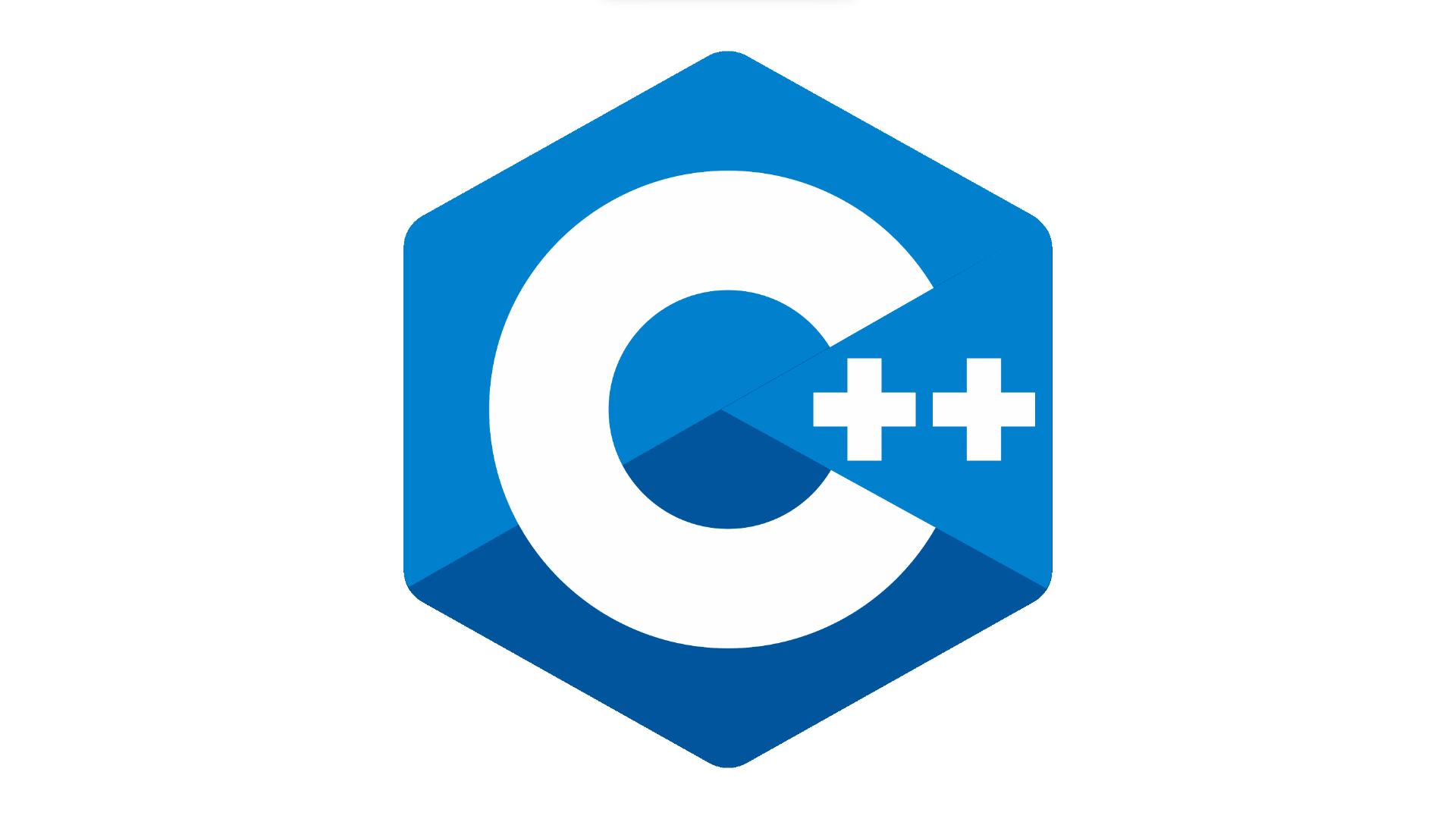HackMD 完整版請點我
類別(Class)
作為物件導向的程式語言,C++ 的 class 相關語法可以說是非常重要與常用,在大型專案的開發一定少不了他的身影,且多樣又彈性的語法支援,可以說是將物件導向的概念發揮到了極致。此處我們簡述一些常見的相關語法與概念,過於高深或少見的語法我們會先略過。
1
2
3
4
5
6
7
8
9
10
11
12
13
14
15
16
17
18
19
20
21
22
23
24
25
26
27
28
29
30
31
32
33
34
35
36
37
38
39
40
41
42
43
44
45
46
47
48
49
50
51
52
53
54
55
56
57
58
59
60
61
62
63
64
65
66
| class Car {
private:
int wheels;
string plateID;
string driver;
bool engine;
int meters;
public:
Car(string plateID, string driver);
~Car();
void turnOnEngine();
bool checkEngine();
void drive(int distance);
void turnOffEngine();
void whoisDriving();
int getMeters();
};
Car::Car(string plateID, string driver) {
this->wheels = 4;
this->plateID = plateID;
this->driver = driver;
this->engine = false;
this->meters = 0;
this->turnOnEngine();
}
Car::~Car() {
}
void Car::turnOnEngine() {
if (this->checkEngine()) {
this->engine = true;
cout << "Engine Started!" << endl;
}
}
bool Car::checkEngine() {
return true;
}
void Car::drive(int distance) {
if (engine) {
this->meters += distance;
cout << "Drive " << distance << " kilometers." << endl;
}
else {
cout << "Engine is not turned on." << endl;
}
}
void Car::turnOffEngine() {
this->engine = false;
cout << "Engine has been turned off." << endl;
}
void Car::whoisDriving() {
cout << this->driver << " is driving the car." << endl;
}
int Car::getMeters() {
return this->meters;
}
|
從上面的例子中,我們可以發現幾點與 Python 較不同的地方:
- 甚麼是 private、public?
- Constructor 與 Desturctor 在哪裡?
- self 變成 this 了?
- 為何所有 function 前面都有 Car::?
別擔心,我們一樣一樣來看。
Private、Public、Protected
在C++中,private、public 和 protected 是用來定義類別中成員的可存取性(accessibility)的關鍵字,它們決定了這些成員在類別的內部和外部的可見性和可存取性。
- Private:僅限類別內部成員存取,不可透過外部存取(像是從外面寫 c.wheels 就是非法操作會報錯,必須透過額外的 getter 與 setter 才能對其進行操作),不會被繼承
- Protected:與 Private 類似,唯一不同是會被繼承
- Public:可以任意從外部取用,無任何限制
簡而言之,如果目前還沒有複雜的繼承需求,就簡單使用 public 與 private 區分即可!不想讓別人操作到的就用 private,沒差的就用 public!
參考:C++ public, protected, private 總和比較整理
延伸:C++ public、protected、private 和 friend
Getter & Setter
為了要存取與修改 Private member variable,我們會使用 Getter & Setter 來幫助我們。
- Getter
- 用於獲取變數的值
- 通常公開的方法,通常以 get 為前綴,後接要獲取的屬性名稱
- Setter
- 用於設定變數的值
- 通常公開的方法,通常以 set 為前綴,後接要設定的屬性名稱,並會接受參數以更新屬性的值
一個簡單的例子:
1
2
3
4
5
6
7
8
9
10
11
12
| class MyClass {
private:
int myValue;
public:
int getValue() const {
return myValue;
}
void setValue(const int& newValue) {
this->myvalue = newValue;
}
};
|
延伸問題:既然如此,為何不乾脆直接改成 Public 就好?
參考解答:因為透過 Getter & Setter,我們可以更好的控制 Private Member Variable 的獲取與修改,進而避免不想要或意外的情況產生
封裝(Encapsulation)
上述的 Getter & Setter,其實就是實現了物件導向程式設計(OOP)中「封裝」的概念。(複習:OOP 三大精隨)
將物件的內部狀態和行為隱藏在物件內部,只公開必要的方法給外界使用。封裝可以保護物件免於外界的非法存取,並且讓物件更容易維護和修改。
1
2
3
4
5
6
7
8
9
10
| class Animal {
private:
string private_name;
public:
string public_name;
void setName(const string& name) {
this->private_name = name;
}
};
|
Constructor & Destructor
constructor(建構函式) 與 destructor(解構函式) 是 class 中的兩種特別函式,當主程式中產生某 class 的物件時,該 class 的建構函式即會自動執行;而當物件生命周期結束,則在物件消滅前會自動執行解構函式。
其相應語法如下:
1
2
3
4
5
6
7
8
9
10
11
12
13
| Car::Car(string plateID, string driver) {
this->wheels = 4;
this->plateID = plateID;
this->driver = driver;
this->engine = false;
this->meters = 0;
this->turnOnEngine();
}
Car::~Car() {
}
|
參考:Constructor & Destructor
This
C++ 中的 this 就與 Python 中的 self 相同意思,但不同於 Python 的是,我們不需要將 this 寫在 member function 的第一個參數位置,就能夠直接使用。
self. (python) <-> this-> (C++)
事實上,當我們創建一個類別指標,並讓該指標指向一個實體物件後,也可以使用 -> 來存取該物件的屬性或方法,如下所示。
1
2
3
4
| Car mycar;
Car* carPtr = &mycar;
cout << mycar.driver << endl;
cout << carPtr->driver << endl;
|
成員函式的宣告與定義(Car::)
一般來說,我們會將函數的實作(Implementation)與函數宣告(Declaration)寫在一起,像是:
1
2
3
4
5
6
7
8
9
10
11
12
| Class Test{
public:
Test(){
cout << "Constructor!" << endl;
}
void hello(){
cout << "Hello!" << endl;
}
~Test(){
cout << "Destructor!" << endl;
}
};
|
不過此種寫法的壞處是,當我們成員函式太多時,整個 Class 會變得很常難以閱讀,因此我們也可以把實作部分(Implementation)拉出來寫,但為了要避免混淆,必須加上該函式的範籌說明(Test::):
1
2
3
4
5
6
7
8
9
10
11
12
13
14
15
16
| Class Test{
public:
Test();
void hello();
~Test();
};
Test::Test(){
cout << "Constructor!" << endl;
}
void Test::hello(){
cout << "Hello!" << endl;
}
Test::~Test(){
cout << "Destructor!" << endl;
}
|
More on Class:繼承與多型
可參考之前講過的 OOP 三大精隨。
繼承(Inheritance)
子類別可以繼承父類別的屬性和方法,並且可以擴展或覆寫父類別的行為。繼承可以提高程式碼重複使用性,並且可以讓類別之間建立階層關係,方便對類別進行分類和管理。
1
2
3
4
5
6
7
8
9
10
11
12
13
14
15
16
17
18
19
20
21
22
23
24
25
26
27
28
29
30
31
32
33
| class Animal {
protected:
string name;
public:
Animal(const string& name) {
this->name = name;
}
virtual void walk() const {
cout << "walking" << endl;
}
virtual void eat() const {
cout << "eating" << endl;
}
};
class Dog : public Animal {
public:
Dog(const string& name) {
this->name = name + " the dog";
}
};
int main() {
Dog A("A");
A.walk();
A.eat();
cout << A.name << endl;
return 0;
}
|
1
2
3
4
| Output:
walking
eating
A the dog
|
繼承方法
上述的繼承使用 class Dog : public Animal 這行,這邊有個 keyword public 出現,這個 keyword 代表這邊使用的方法為 public 繼承方法,依照不同的繼承方法與不同的父類別可見度,會產生如下的表格:

這表格我認為參考就好,不用記下來,搞不清楚的話就都用 public 繼承方法即可。
多型(Polymorphism)
同樣的方法名稱可以在不同的類別中有不同的實現方式,這稱為多型。多型可以讓程式碼更加靈活,並且可以讓不同的物件對相同的方法有不同的行為。多型可以通過繼承和介面實現,是物件導向設計中非常重要的概念。
1
2
3
4
5
6
7
8
9
10
11
12
13
14
15
16
17
18
19
20
21
22
23
24
25
26
27
28
29
30
31
32
33
34
35
36
37
38
39
40
41
42
43
44
45
46
47
48
49
50
51
52
53
54
55
56
57
| class Animal {
protected:
string name;
public:
Animal(const string& name) {
this->name = name;
}
virtual void walk() const {
cout << "walking" << endl;
}
virtual void eat() const {
cout << "eating" << endl;
}
};
class Dog : public Animal {
public:
Dog(const string& name) {
this->name = name + " the dog";
}
void walk() const override {
cout << name << " is using foot to walk" << endl;
}
void eat() const override {
cout << name << " is eating bone" << endl;
}
};
class Duck : public Animal {
public:
Duck(const string& name) {
this->name = name + " the duck";
}
void walk() const override {
cout << name << " is using two feet to walk" << endl;
}
void eat() const override {
cout << name << " is eating worm" << endl;
}
};
int main() {
Dog A("A");
Duck B("B");
A.eat();
B.eat();
return 0;
}
|
1
2
3
| Output:
A is eating bone
B is eating worm
|
相關補充
老實說我覺得這邊都太複雜了,但為了課程完整性還是簡單提及,除非你是 C++ 老手,不然根本不可能記得,所以我的建議是先了解概念,有需要再回來查。
延伸主題:Call by value / address / reference / assignment
延伸主題:C++ STL





